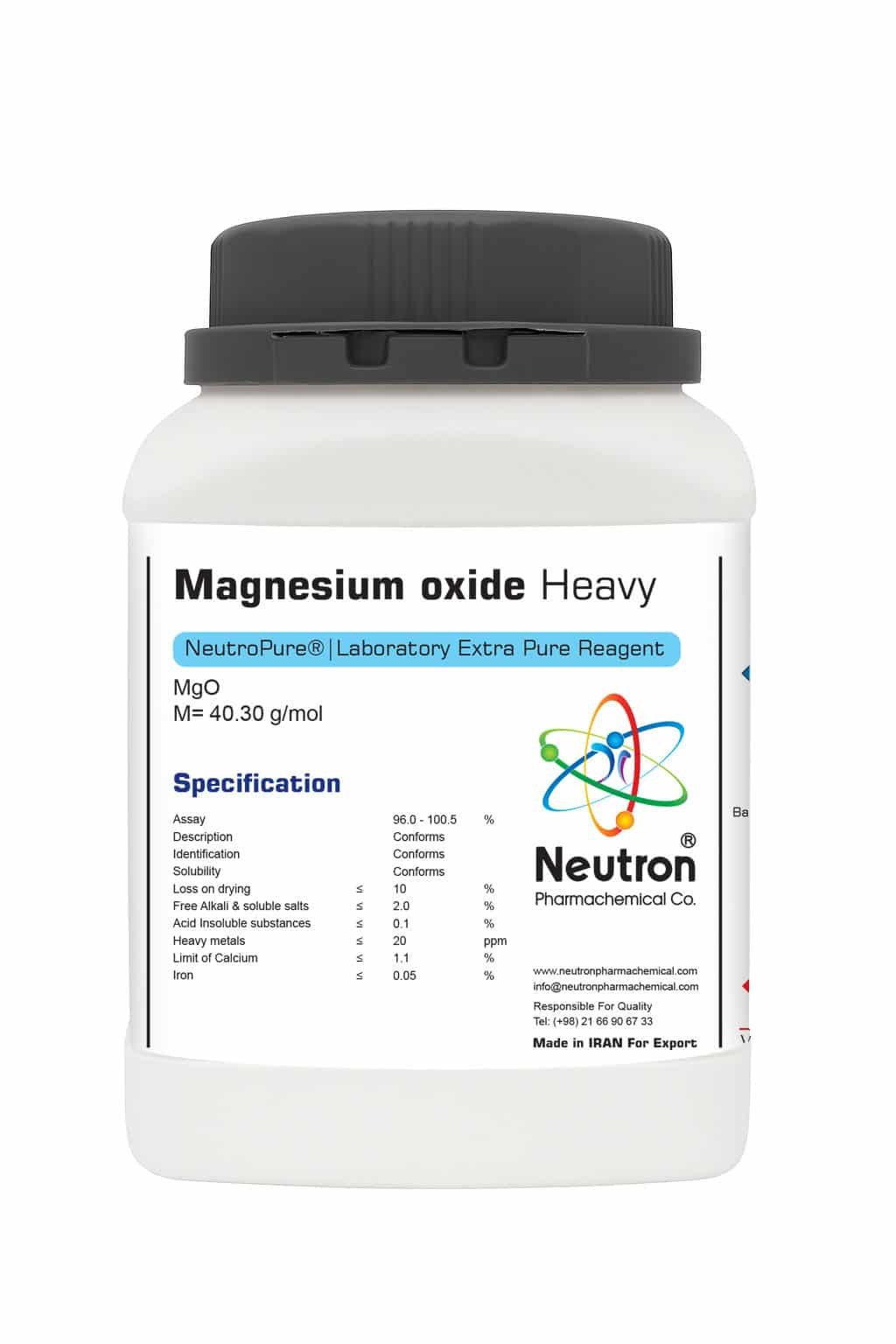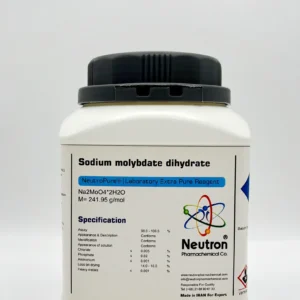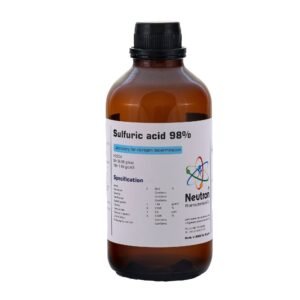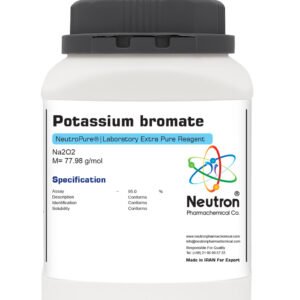منیزیم اکساید سنگین
| Formula | MgO |
| Chemical formula | MgO |
| Density | 3.58 g/cm3 |
| Molar mass | 40.30 g/mol |
| Bulk density | ~ 500 kg/m3 |
| CAS number | 1309-48-4 |
| HS Code | 25199010 |
| EC number | 215-171-9 |
| Storage | Without limitation |
| SDS | available |
| RTECS | OM3850000 |
| S phrase | S 22 |
| Odour | odourless |
| Form | solid |
| Color | white |
| Solubility in water | almost insoluble(20°C) |
| Solubility in ethanol | insoluble(20°C) |
| Boiling point | 3600 °C |
| Melting point | 2800 °C |
| Assay | 96.0 – 100.5 | % | |
| Description | Conforms | ||
| Identification | Conforms | ||
| Solubility | Conforms | ||
| Loss on drying | ≤ | 10 | % |
| Free Alkali & soluble salts | ≤ | 2 | % |
| Acid Insoluble substances | ≤ | 0.1 | % |
| Heavy metals | ≤ | 20 | ppm |
| Limit of Calcium | ≤ | 1.1 | % |
| Iron | ≤ | 0.05 | % |
| Bulk density & Tapped Density |
Magnesium Oxide Heavy is a dense, white, inorganic compound used in industrial, pharmaceutical, and laboratory applications primarily as a refractory material and antacid.
🏭⚗️ Production
Magnesium oxide heavy is produced by calcining magnesite or magnesium carbonate at high temperatures (above 900°C) to remove carbon dioxide, resulting in a dense, crystalline magnesium oxide. The product is then ground and classified to obtain the desired particle size and density before packaging.
🔬 Properties
Magnesium oxide heavy appears as a white, odorless, and tasteless powder with high melting point and excellent thermal stability. It is insoluble in water but reacts with acids to form magnesium salts. The dense form has higher bulk density compared to light magnesium oxide.
🧪 Applications
This compound is commonly used as a refractory material in furnaces and kilns, as an antacid in pharmaceuticals, in agriculture to correct soil acidity, and as a filler or additive in rubber and plastics.
⚠️ Safety
Handle with care; magnesium oxide dust may cause irritation to the respiratory tract, skin, and eyes. Use appropriate personal protective equipment such as gloves, eye protection, and dust masks. Work in a well-ventilated area and avoid inhalation of dust. Dispose of waste according to local chemical safety regulations.





